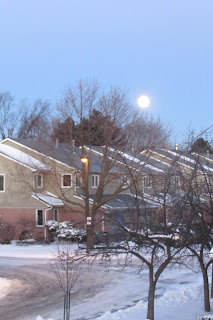The first St. Michael’s Roman Catholic Church was founded by Fr. Barnabas in 1971 and was originally just a small chapel close to the erstwhile British Air Force Base in Sharjah, United Arab Emirates.
In 1973 Fr. Barnabas had the church move into the British Officers’ Mess nearby and had the kitchen converted into a Parish House along with an indoor community center attached to a large compound wall where outdoor Mass services, Children's Christmas Tree parties and Thursday Tambola/ Housie were held. Father Barnabas was succeeded by Fathers Attilio, Edmund, Antonino, Felicio, Godwin and Angelo. The congregation increased along with the space needed to accommodate the increasing number of parishioners.
The sign shown here was installed during the tenure of Fr. Felicio Diniz as the Parish Priest in the early 1980's when I was an active member of the church community centre. I made a sign on my own accord out of plastic letters and a metal cross cast into 'Plaster of Paris' and presented the plaque to Fr. Felicio who then had it fixed to the wall at the entrance of this church.
Now here's where the story about this plaque takes a different turn. Some years after I left Sharjah, a magnificent new church was built nearby, and the old one was demolished. We moved to Dubai and later to Canada.
On my visit to Goa after many years, my wife and I stayed with her sister Lourdes and bro-in-law Leo when we noticed this plaque in the show-case in their living room. I was greatly surprised to know as to how this piece of work would cross the vast expanse of the Arabian Seas into Goa.
Lourdes then related to me how she had salvaged the sign just prior to the time when the bull-dozers were supposed to have moved in for demolition of the old church. Well done Lourdes. Thanks and kudos for saving and keeping this sign - 'a sure Sign of the Times' - and 'a Sign of the Cross' of nearly 50 years ago as a memento. Gives me goose bumps of sheer nostalgia, thinking about the good old days when we lived, worked, picnicked, partied (and prayed) in beautiful Sharjah and the U.A.E. in general.

















































